How a Bosch dishwasher works
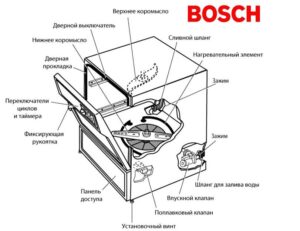 Many users are trying to figure out how a Bosch dishwasher works. In general, the process looks quite simple: the PMM collects water, washes the dishes with it and drains the waste liquid into the sewer. What parts does the device consist of? Which element does what? Let's look into the nuances.
Many users are trying to figure out how a Bosch dishwasher works. In general, the process looks quite simple: the PMM collects water, washes the dishes with it and drains the waste liquid into the sewer. What parts does the device consist of? Which element does what? Let's look into the nuances.
How does PMM work?
A dishwasher is one of the technically complex household goods. A dishwasher consists of many parts, each of which performs its assigned function.. The control module coordinates the operation of the PMM nodes. The “brain” gives commands, receives signals, and controls the execution of the cycle.
Let's look at the principle of operation of a dishwasher. Let's tell you where the cycle begins. Let us explain what actions the machine performs when executing a user-specified program.
First, the main work is done by a person. He needs to make sure that the machine has regenerating salt, detergent and rinse aid. Next, the user needs to correctly load the dishes into the appropriate PMM baskets and press the “Start” button.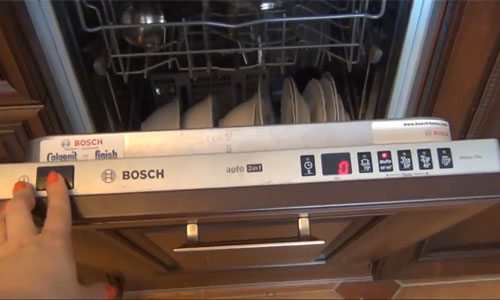
The control module, having detected the button press, locks the door and opens the inlet valve. The machine begins to fill with water. This is where the pressure switch comes into play - it controls the amount of liquid collected. As soon as the level reaches the norm, the sensor closes the contacts, thereby signaling the electronic unit. The microcontroller closes the solenoid valve.
Before moisture enters the working chamber, it passes through an ion exchanger; it is necessary to soften hard tap water.
The quality of washing dishes in soft water is much higher.Also, the use of softened water has a beneficial effect on the machine itself - it prevents the formation of scale and limescale on the internal parts of the PMM.
The ion exchanger consists of two interconnected compartments. One compartment contains a special filter filled with ion exchange resin. The second tank contains regenerating salt (the user must ensure that it is always in the tank).
Ion exchange resin has the ability to regenerate. By giving up its particles in the process of water softening, it comes into contact with salt, restoring its chemical composition. The average service life of the resin is 6-8 years, everything will depend on the level of water hardness in the region and the regularity of use of the dishwasher.
The next stage is heating the collected water. There are two options for performing this operation:
- using a heating element;
- through an instantaneous water heater.

Modern dishwashers are equipped with instantaneous water heaters. Due to this solution, the cycle time is reduced, since there is no need to wait for the liquid to heat up. Washing of appliances begins in the first minutes, and the water is brought to the specified degree during the process.
The movement of water inside the PMM is ensured by a circulation pump.
Due to the pressure generated by the pump, water rises to the sprinklers (in other words, impellers) and enters the washing chamber through multiple holes - nozzles. During PMM operation, the sprinklers rotate, directing jets along the entire perimeter of the bunker.
A filter is installed at the bottom of the washing chamber. The unit collects all the debris, purifying the water. The filter element protects the system from blockages, and it also protects the circulation pump.
The impellers are spun by water sprayed from the outer nozzles. To ensure this, manufacturers place the holes at an angle to the axis of movement of the sprinklers.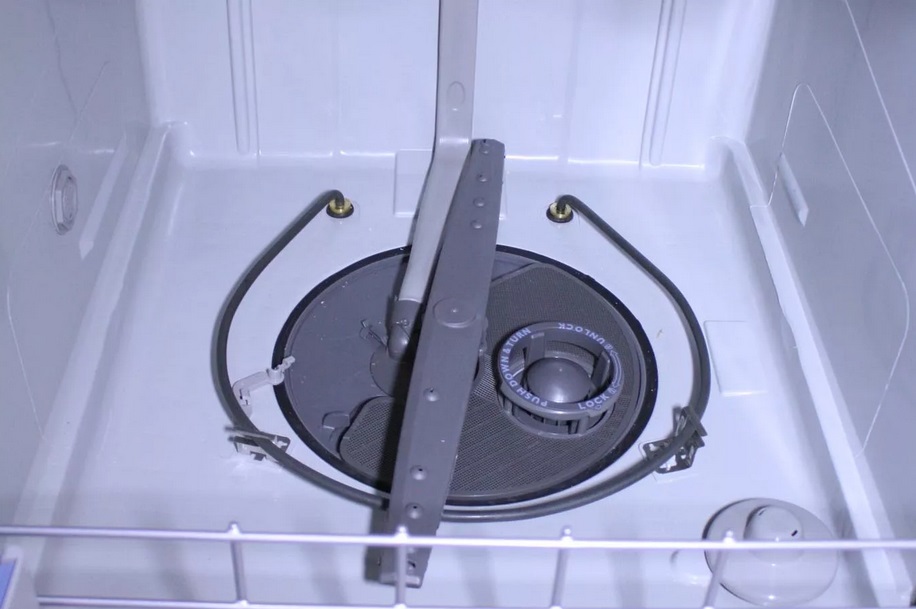
When water is supplied to the hopper, the dispenser lock is activated. This is carried out by a signal from the control module. The detergent dissolves and the soap solution is directed to the dishes.
The cleaning solution circulates in the hopper until the washing phase is completed. The dirty water is then removed by a drain pump. The pump pumps liquid from the PMM into the sewer.
The dishwasher then proceeds to rinse the cutlery. The “brain” opens the inlet valve again, clean water flows to the dishes. A standard cycle usually involves 2-3 rinses.
The next stage is drying the washed dishes. This is where the heat exchanger comes into play. Typically, modern dishwashers use condensation drying.
How is drying done? Moisture from the surface of the cutlery evaporates on its own as the dishes are hot. Moist air begins to accumulate inside the PMM, which is directed through the pipes into the heat exchanger (filled with cool water).
Condensation falls out of the humid air after contact with the heat exchanger. Drops go through a special chute into the tray. Next, the cooled air rushes back into the bunker. The process continues for several minutes (drying time may vary depending on the selected program).
Some Bosch dishwashers have a fan heater. It significantly speeds up drying by providing forced ventilation of hot air in the hopper. Study the instructions for the PMM to understand whether the device is compatible with your model.
Several details are responsible for the safety of the washing process:
- pressure switch - a sensor monitors the water level in the washing chamber and transmits this information to the control module;
- door locking device - if the lock does not work and the system remains leaky, the washing will not start;
- leakage protection system. This is an inlet hose with a special sensor and a float in the pan. If a water leak is detected from the dishwasher's hydraulic circuit, the device is activated, preventing flooding of the apartment.
More sophisticated machines may have other sensors that optimize the washing process. For example, a device that determines the degree of turbidity of water. Based on the information transmitted to it, the control module makes a decision when to stop the rinsing process or change the water.
This is the operating principle of Bosch dishwashers. Many details are responsible for the result. If one element fails, the normal functioning of the device becomes impossible. Let's take a closer look at the design of modern dishwashers.
What elements does a Bosch dishwasher consist of?
It is important to understand not only the operating principle, but also the structure of the “home assistant”. This information will be useful in the process of diagnosing PMM and troubleshooting any problems. The main volume of the machine is occupied by the working chamber, into which dirty dishes are loaded.
Inside the washing chamber there are two baskets for dishes and a tray for cutlery. Depending on the dishwasher model, the bin may also have a glass holder. A typical diagram of the PMM device is shown in the figure.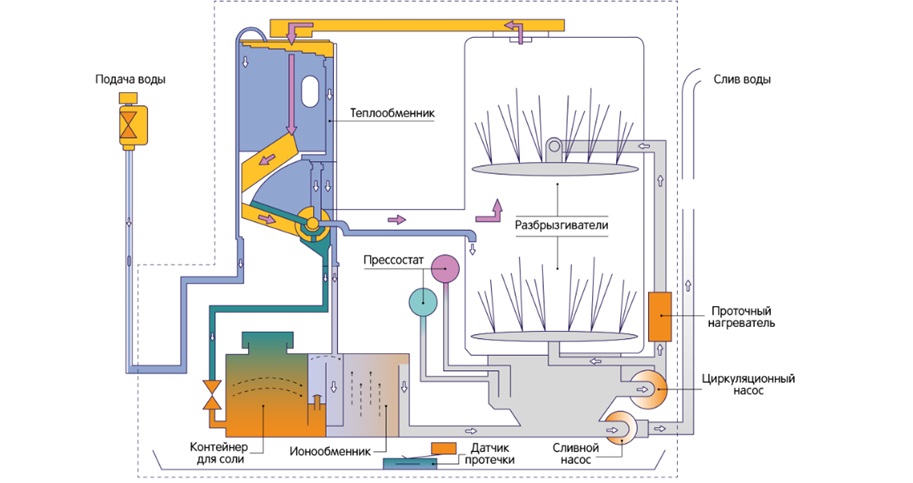
Bosch dishwashers have two separate circuits, one for water circulation, the second for air movement while drying dishes.
Generally speaking, any Bosch dishwasher includes the system:
- water treatment (hard tap water is softened in an ion exchanger);
- water circulation (several elements are responsible for this, from the inlet hose and solenoid valve to sprinklers);
- filters (filter elements clean the water from debris and pieces of food, protecting the machine);
- sensors that monitor all cycle parameters (elements ensure uninterrupted execution of the user-specified washing program);
- drain (several elements are also responsible for draining water into the sewer: a pump, various pipes).
Understanding the structure of the machine and the principle of its operation, the user will be able to perform simple repairs. For example, at home you can clean the filtration system, change the pressure switch or inlet valve, or repair the door lock.
What processes take place in a dishwasher?
After closing the PMM door and starting the desired mode, the most interesting things begin to happen inside the machine. The user will not be able to observe the process - the body of the dishwasher is opaque, it does not have a glass hatch, like a washing machine. “Home Assistant” launches one by one:
- Pre-soaking. At this moment, jets of water begin to be pushed out of the nozzles. Dried food remains are washed off the dishes.
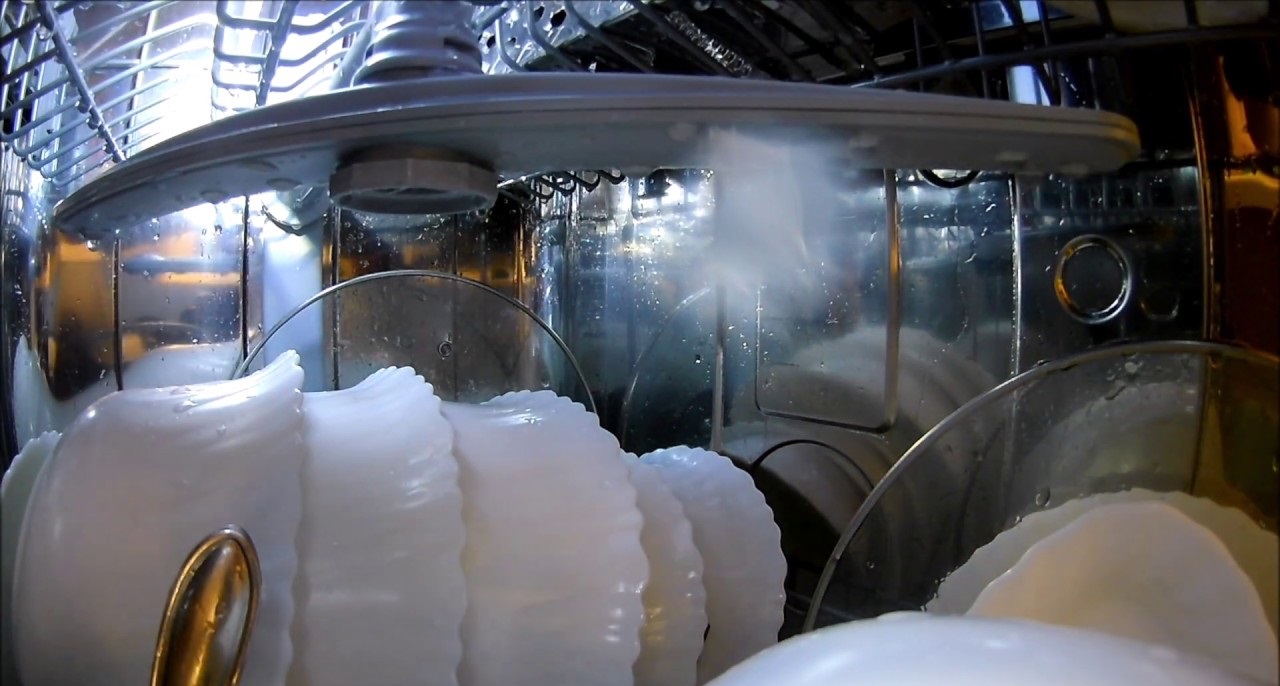
- Sink. Cutlery is washed with hot water in which detergent is dissolved.
- Rinse. The dishes are treated with warm water, which ensures that any residual detergent is removed. The water in the working chamber is changed several times.
- Drying. At this stage, moisture evaporates from the dishes.
As a result, the user removes completely washed and dried cutlery from the PMM. All that remains is to unload the baskets and put the dishes in their places. It is also important to leave the dishwasher slightly open for ventilation - this will prevent mold from forming inside the machine.
Interesting:
Reader comments
- Share your opinion - leave a comment
Categories
Washing machine repair


For buyers

For users

Dishwasher

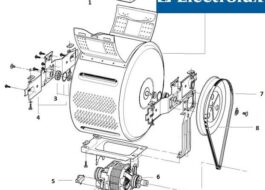
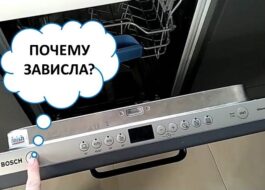

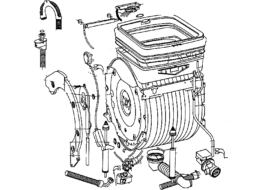

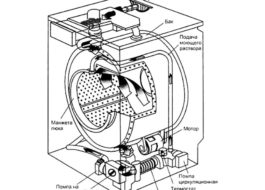










Add a comment